In these turbulent times, when our freedom of movement is still restricted due to the corona pandemics, it might be a good idea to find a new and productive hobby. What about producing your own herbal teas? Wildcrafting herbs is not only fun, it also gets you outside and active in nature. May and June, with their mild and sunny weather, are the right months to start.
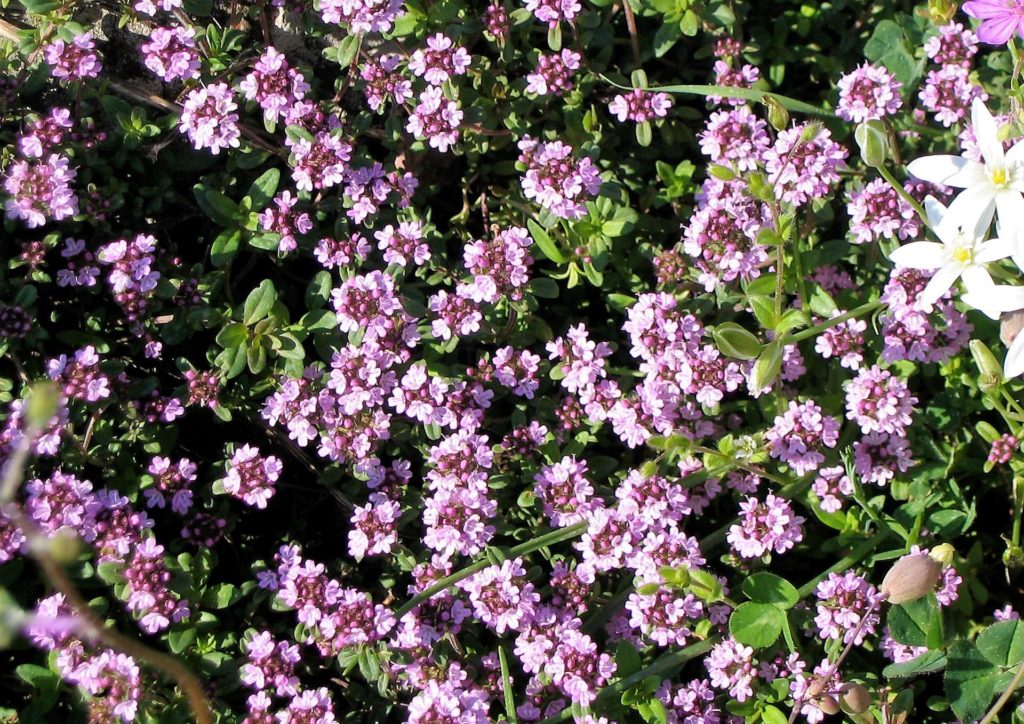
What is wildcrafting? It is the word that is used for harvesting useful plants from their natural or “wild” habitat, primarily for food or medicinal purposes. Wildcrafting in order to produce your own herbal teas is one of the most rewarding things you can do. Not only is it nice to know where your herbs come from, but it is also fun to learn to identify plants. You will be surprised to find out about the medicinal qualities of common plants you would normally walk by!
Montenegro is well-known for its aromatic and medicinal plants. People from the mountain villages of Durmitor and Bjelasica, but also from the central karst region and the coastal mountains, have a profound knowledge of herbs and their healing power. You can ask them for advice, but if you like hiking in the untouched nature of the country, you will see that herbal plants grow everywhere along the trails, on meadows or in forests.
Harvesting
If it is your goal to collect herbs, walk slowly, so that you can notice your surroundings. Keep looking around and go off trail from time to time. And when you are choosing plants to harvest, make sure that you identify them correctly. In case of doubt, use a herbal book or a special application (“Plant Identification”) on your cell phone. Select clean, undamaged plants. Don’t pull out the roots. And be sure that you collect wild plants for your personal use only!
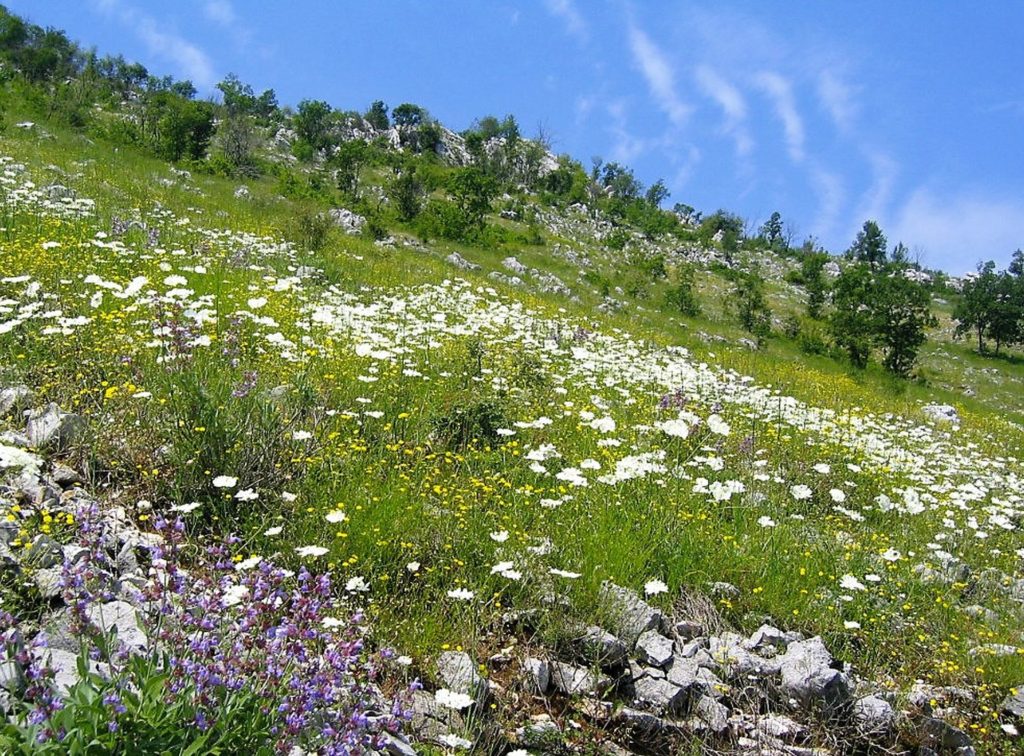
Warning: Don’t collect plants that grow by the side of the road. They may look great, but they are probably covered with dust and all kinds of pollutants.
Drying
Dry the plants as soon as possible after harvesting. They need to be dried at a shaded and well-ventilated place. Put them on a clean tablecloth or a bed sheet. A shady corner of your balcony or terrace is a good spot. You can also hang them upside down in bunches. You will know that they are dry when the stems are brittle and break easily.
Preparing herbal tea
Boil water. Put the herbs into a glass teapot with strainer (1 teaspoon per cup) and add hot water. Cover the teapot and steep for 5 minutes. Strain and pour into a teacup. That’s all!
But let me propose 7 popular medicinal and aromatic herbs that you can use to prepare an excellent cup of herbal tea. Why would you use ready-made tea bags? Making your own tea is much better and it gives you a lot of fun! Some of the following herbs can also be used in the kitchen or for the production of medicinal oil. You will find more details about them on the internet or in herbal books.
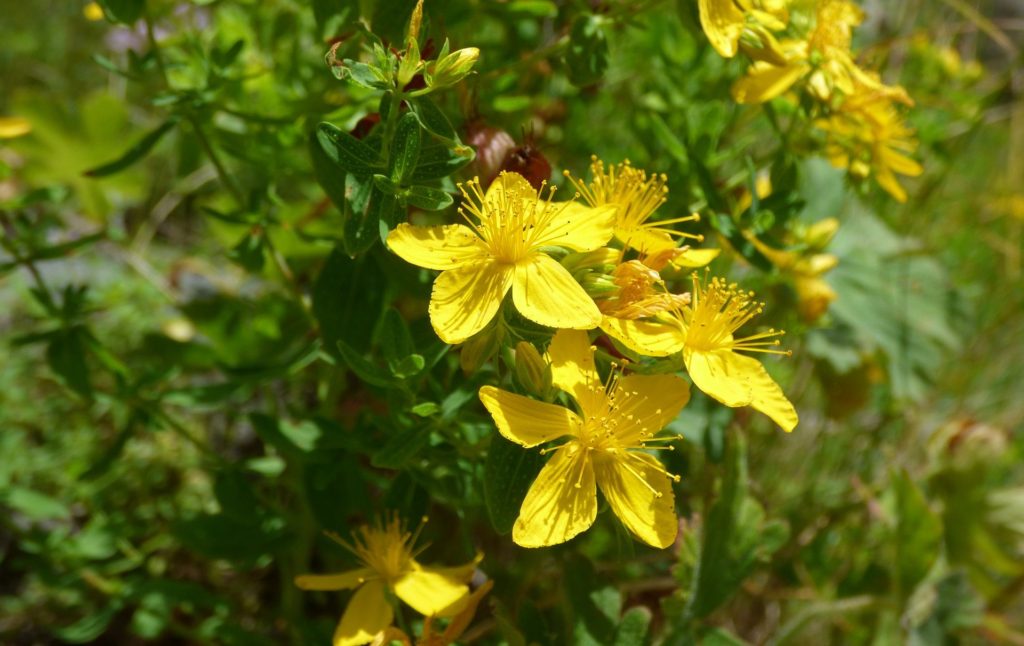
- John’s Wort (Hypericum perforatum) – in Montenegrin: kantarion
People have been using St. John’s wort for centuries. This herb was named after St. John the Baptist, whose birthday (according to the Catholic calendar) is on June 24th., when this herb usually blooms. Used in the form of herbal tea, it may be an effective natural treatment for depression, insomnia and anxiety.
In Montenegro, many households produce their own St. John’s Wort oil. This bright red oil, called ‘Kantarionovo ulje’, is recommended for wounds, bruises, first-degree burns and a wide range of skin disorders, such as eczema and hemorrhoids.
My recipe – I make a bottle of oil each summer – is as follows: Harvest the yellow flowers (when your fingers get red, you can be sure that you have picked the right plant!). Put them into a bottle with a wide neck and fill with olive oil (4x the quantity of flowers). Close the bottle and put it in the sun for 40 days. When the oil gets a bright red color, strain it through a clean cloth and put it in a clean bottle. In this way, you will always have available one of the best natural medicines.
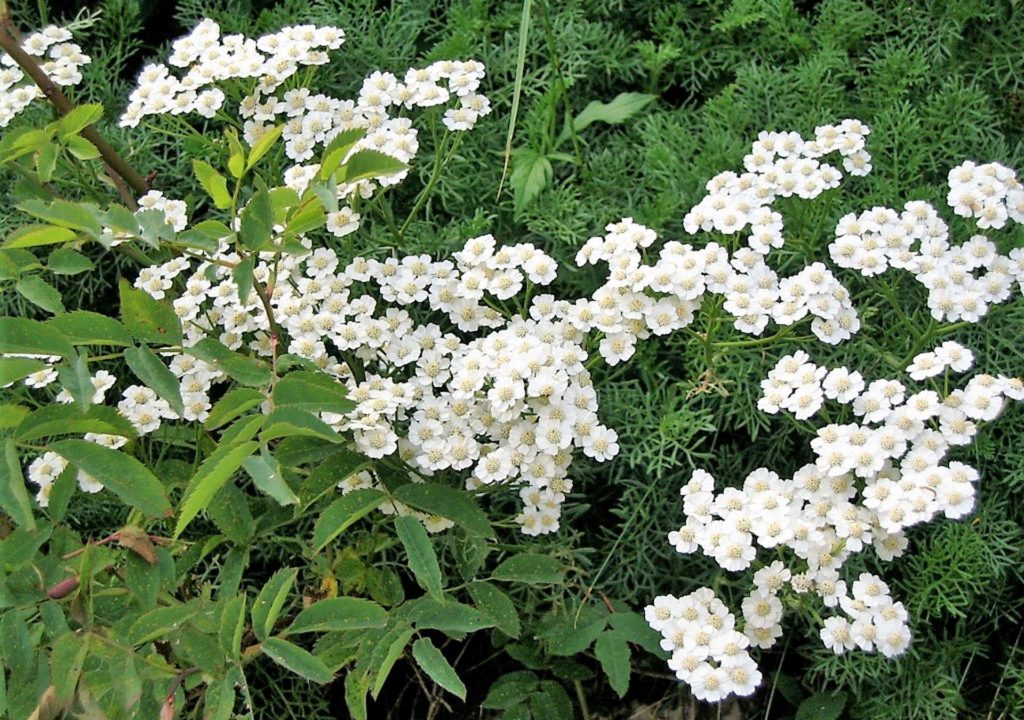
- Yarrow (Achillea millefolium) – in Montenegrin: hajdučica, hajdučka trava, sporiš
You can find this plant on dry pastures, meadows, fields and plains up to 1,700 m of altitude.
The flowers of mountain yarrow (Achillea lanulosa) are pure white and larger. They grow at sunny places in the high mountains (Durmitor).
The dried flowers (see photo 1) are used for making a herbal tea that improves the functions of liver, gall bladder and kidneys. It is also useful for diabetes patients and those who suffer from stomach ulcers.
The genus was named after the Greek mythological character Achilles. According to legend, Achilles’ soldiers used yarrow to treat their wounds. This also explains the Montenegrin name “hajdučka trava”, in translation “herb of haiduks, i.e. freedom fighters”.
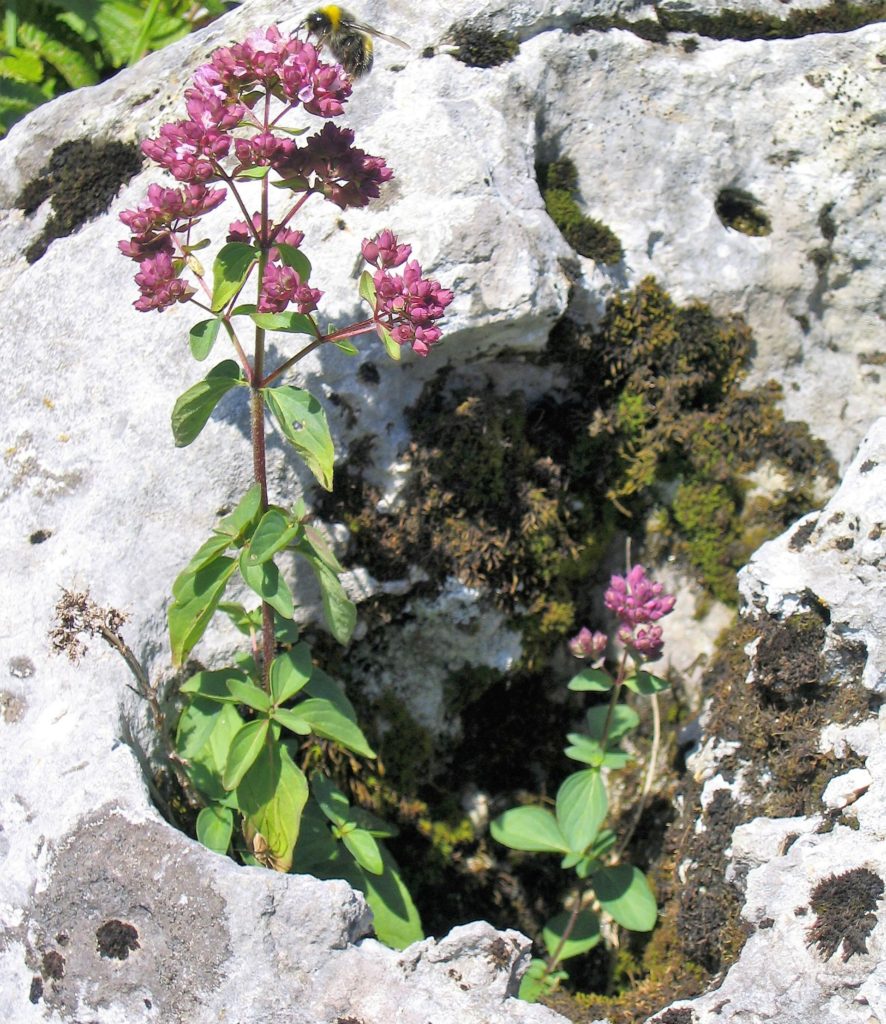
- Oregano (Origanum vulgare) – in Montenegrin: vranilova trava, planinski čaj, oregano
This aromatic and medicinal plant is known among the locals as “mountain tea”. The leaves and flowers have an aromatic scent. Tea made of this herb is used in case of coughing, bronchitis, urinary infections and stomach problems.
Why is it called “Vranilova trava” in Montenegro? Well, before synthetic colors were discovered, this plant was used for coloring the wool into black with the addition of green galena (vrana = black crow).
- Wild Thyme (Thymus) – in Montenegrin: majčina dušica, timijan
Tea made of wild thyme does not only provide relief for coughing, it improves the whole immune system. It is said to help stimulate memory, ease headaches and muscle tension, relieve fevers, fight colds and infections, and purify the digestive tract.
But wild thyme is also one of the most favored herbs in many different cooking styles in Europe and beyond. It may be used for soups, sauces, potatoes and vegetables.
According to legend, the Montenegrin name “majčina dušica”, in translation: “Mother’s soul”, originates from the Holy Mother of God, who found this herb while she was resting in Egypt on her way to Bethlehem.
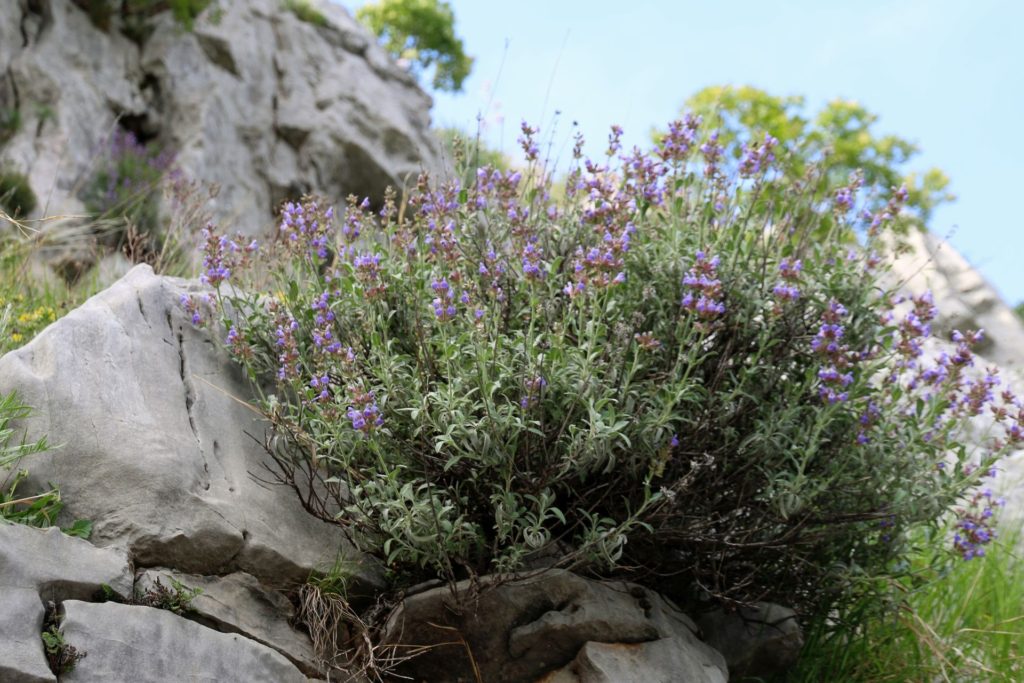
- Common Sage (Salvia officinalis) – in Montenegrin: pelim, kadulja, žalfija
The Latin name comes from the word salvare, which means rescue, heal, as the old Romans used this herb as a medicine for various diseases. There is even a saying in Latin that says: Cur moriatur homo, cui salvia crescit in horto?, which means: Why should a man die, who has sage growing in his garden?
In this time of the year, you can see carpets of purple flowers of wild sage covering the rocky karst landscapes in the coastal and central region.
In my experience, sage tea (although bitter) is an excellent antiseptic for the mouth cavity. I regularly use it for rinsing my mouth when I have problems with gingiva infections.
- Chamomile (Matricaria chamomilla) – in Montenegrin: kamilica
I am sure that chamomile tea can be found in all Montenegrin households. It has been used as a traditional medicine for centuries to calm anxiety and settle stomachs.
Chamomile was already known in ancient Egypt as a plant that was dedicated to the Sun. In an old English herbal book, it is mentioned as one of the nine holy plants.
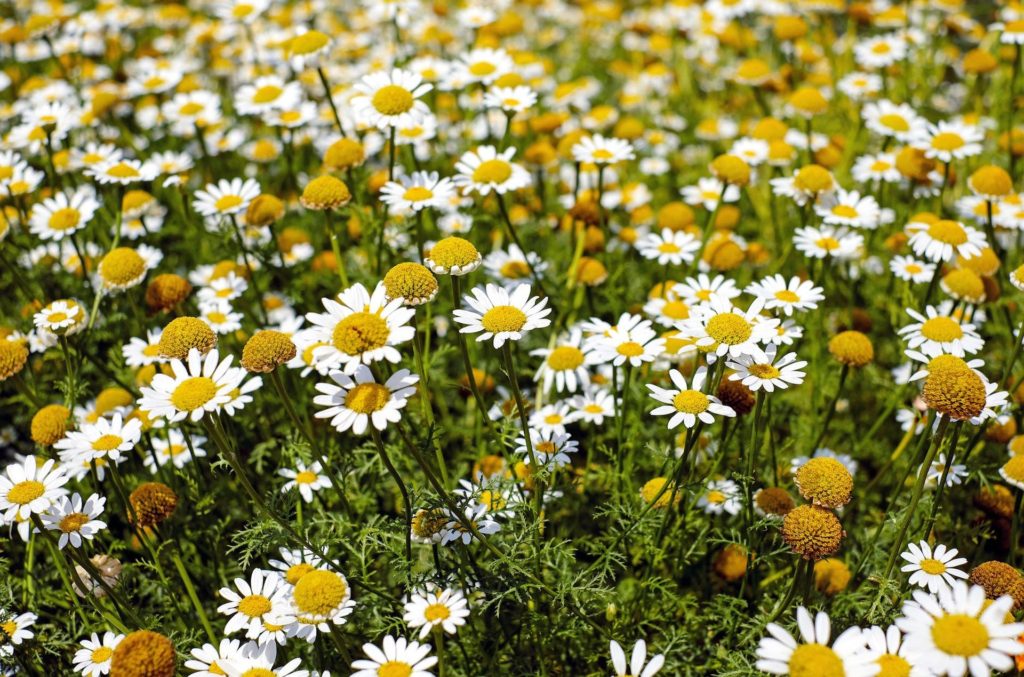
This popular beverage is loaded with antioxidants and it also has properties that may improve sleep quality, promote digestive health and lower blood sugar levels.
- Mint (Mentha) – in Montenegrin: nana, metvica, menta
There are several species of aromatic herbs in the mint family. The most popular one is peppermint, but watermint, spearmint, horemint and field mint (also called wild mint) are also suitable for making herbal tea.
In the pubs and bars of Western Europe, mint tea is often served with fresh mint, but of course, you can also wildharvest and dry mint. Mint tea offers several health benefits. It may relieve digestive symptoms, such as gas, bloating and indigestion, but it is also used against tension headaches and migraines, and it may fight bacterial infections and improve your sleep.
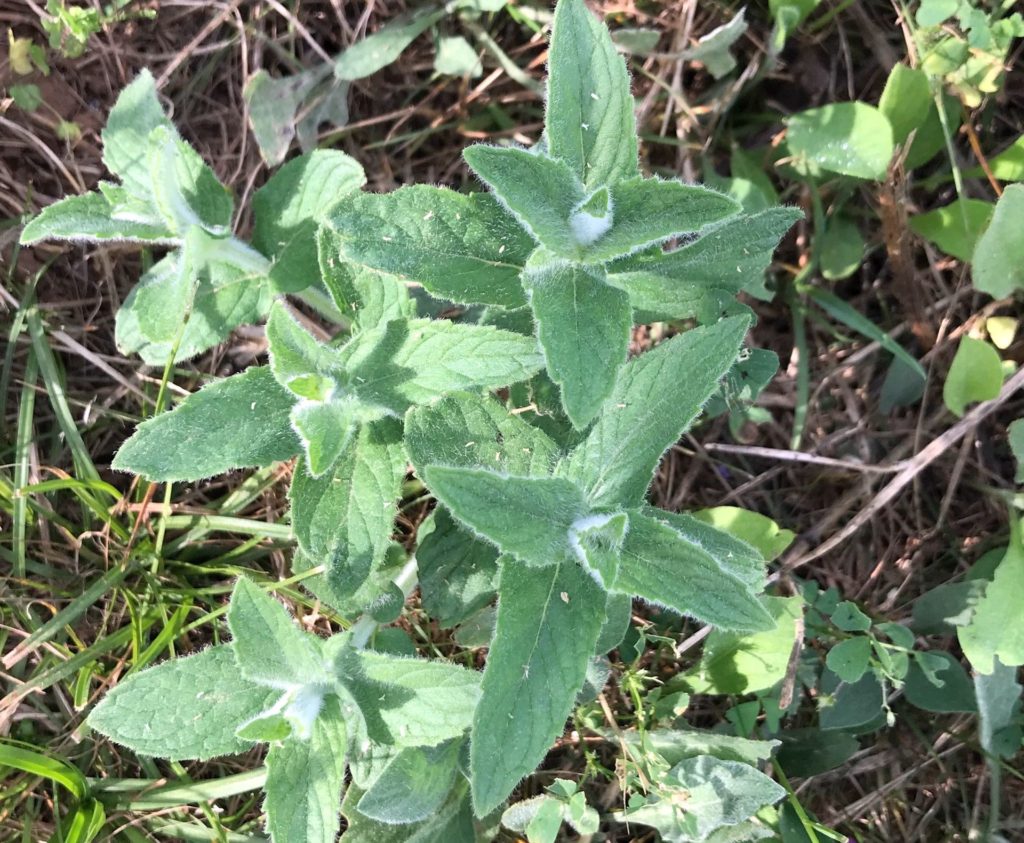
As I know where to find wild mint, I prefer fresh mint tea, which is quite easy to make: put a handful of fresh mint in a teapot and pour over boiling water. Steep it for five minutes and strain.
Conclusion
I could add many other aromatic and medicinal herbs that can be found everywhere in the untouched nature of Montenegro. But I am sure that people who are really interested in this productive hobby can also find detailed information on the internet or in appropriate herbal books. Or they can ask villagers and shepherds living in the mountains or in the karst region, who know everything about the recipes and health benefits, as this knowledge has been handed on from generation to generation.
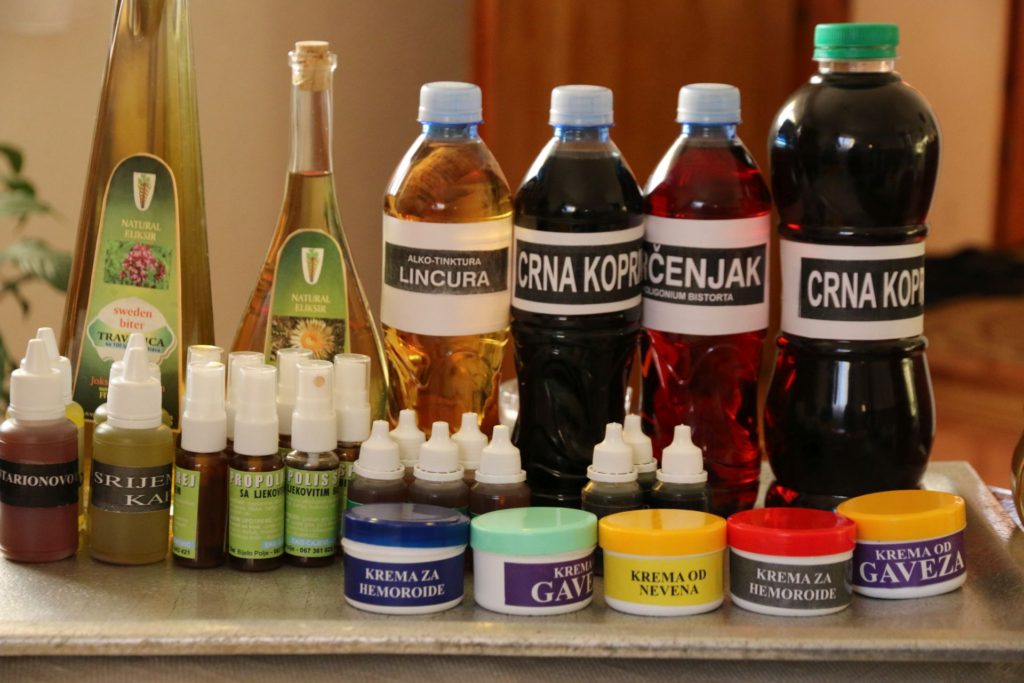
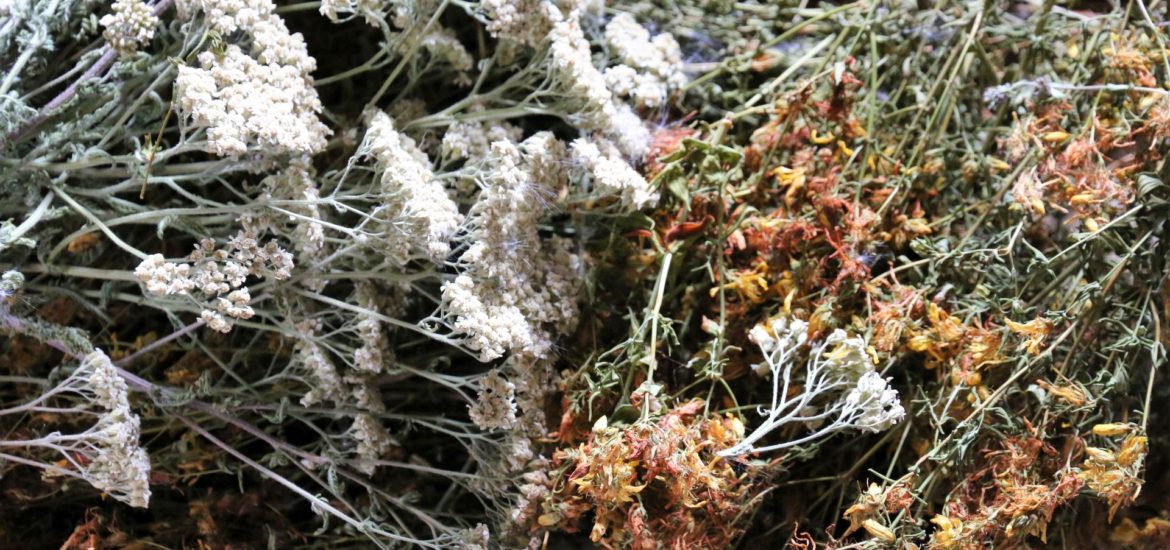
[…] No need to say that the people living in Montenegro’s karst region have a thorough knowledge of natural remedies. […]